Critical thinking has been a vital skill since prehistoric times. Today, it may be important for different reasons, but it’s more necessary than ever. These skills are essential to making sound personal decisions about everything from relationships to finances. But the benefit of strong critical thinking transcends all other aspects of our lives, too, including job prospects and the likelihood of career success.
In fact, a recent study reveals that 83% of employers look for these abilities in potential candidates. But what exactly is it?
Critical thinking involves the ability to analyze information, make informed decisions, solve problems effectively, and so much more.
Today, we explore the core components of these capabilities, offering practical examples and suggestions about how to improve these skills.
“A problem cannot be solved at the same level of consciousness that created it.” – Albert Einstein
Table of Contents
- Understanding the Core Components of Critical Thinking
- Developing Your Ability to Evaluate Arguments
- Other Obstacles
- Critical Thinking and Innovation: Beyond Analysis
- Applying The Skills in Everyday Life
- How to Improve Your Skills
- Frequently Asked Questions
- What is Critical Thinking – Wrap Up
Understanding the Core Components of Critical Thinking
Critical thinking is made up of several core components:
Analysis: Breaking Down Information
Analysis is the process of examining information to understand its meaning and significance. This step is key. For instance, consider evaluating a news article. By breaking down its components, such as the source, tone, and facts, you can better understand its accuracy and bias.
Interpretation: Making Sense of Data
Interpretation goes hand-in-hand with analysis. It involves understanding and explaining the meaning of data. Different interpretations can lead to various conclusions, often influenced by personal biases. For example, two people may read a statistical report and arrive at different conclusions based on their perspectives.
Inference: Drawing Logical Conclusions
Inference is a critical part of the thinking process. It involves using evidence and reasoning to draw conclusions. A strong inference relies on credible evidence. For example, if a survey shows that regular readers perform better in school, one might infer that reading contributes to academic success. This illustrates the importance of evidence-based reasoning.

Developing Your Ability to Evaluate Arguments
To critically evaluate arguments, it’s essential to spot logical fallacies. Common fallacies include straw man arguments, ad hominem attacks, and slippery slopes:
The Straw Man Argument
A fallacy often employed in debates or discussions, involves misrepresenting an opponent’s position or argument in order to make it easier to attack or refute. By setting up a distorted or exaggerated version of the opposing viewpoint, the arguer then proceeds to knock down this misrepresented position, rather than engaging with the genuine points being made.
An Ad Hominem Attack
A fallacy where an argument is rebutted by attacking the person making the argument, rather than addressing the points they are presenting. This fallacy focuses on discrediting the character, motives, or background of the individual rather than engaging with the substance of their argument.
The Slippery Slope
A fallacy that suggests that a small, seemingly insignificant event or decision will lead to a chain reaction of increasingly dire consequences, often without sufficient evidence to support this claim. This fallacy operates on the premise that one action will inevitably lead to a series of extreme and negative outcomes, creating a sense of urgency or fear to justify a particular stance or decision.
The slippery slope fallacy can undermine critical thinking and rational discourse, as it relies on speculative projections rather than sound reasoning or evidence-based arguments.
To avoid these pitfalls, ask yourself:
- What evidence supports this argument?
- Are the assumptions valid?
- Does the conclusion follow logically from the premises?
Other Obstacles
Cognitive biases can significantly hinder critical thinking. These mental shortcuts may lead to flawed reasoning. An example is confirmation bias, where we favor information that confirms our existing beliefs. To counteract cognitive biases, it’s important to seek diverse viewpoints and question assumptions.
Other obstacles to critical thinking include:
Emotions
Our emotions can cloud our judgment, making it hard to think critically. Techniques to separate emotions from analysis include mindfulness and reflection. For example, during a heated discussion where emotions run high, taking a moment to breathe can help clarify thought.
Groupthink
The phenomenon of groupthink occurs when the desire for harmony in a group overcomes logic and leads to bad decisions. It stifles independent thought. Encouraging open discussions and welcoming dissenting opinions can combat groupthink. Research indicates that diverse teams make more informed decisions, highlighting the value of independent thought.
Critical Thinking and Innovation: Beyond Analysis
Creativity and innovation play a key role in enhancing and reinforcing a sound evaluation process. By thinking creatively, we are able to approach problems and challenges from unique perspectives, fostering the generation of diverse solutions and ideas.
Integrating creativity into critical thinking encourages us to think beyond conventional boundaries, challenging assumptions and exploring unconventional approaches to problem-solving. Innovation enables the transformation of creative ideas into actionable solutions, driving progress and growth.

Techniques like brainstorming and mind-mapping can help generate fresh ideas. For instance, a team might use mind-mapping to explore multiple solutions to a product issue, leading to breakthrough developments. By combining creativity and innovation with critical thinking, we can develop a dynamic and adaptive mindset that helps us navigate complex issues effectively.
Applying The Skills in Everyday Life
Expressing ideas clearly through concise communication is critical. To demonstrate critical thinking, structure your arguments logically and support claims with evidence. For example, in a debate, presenting facts, examples, and counterarguments can enhance clarity and persuasion.
Critical Thinking in the Workplace
Critical thinking skills are essential and valuable in the workplace. It enables employees to evaluate information, solve complex problems, make sound decisions, and adapt to evolving circumstances effectively. Companies that encourage employees to think critically experience increased creativity and productivity, with some studies indicating up to a 25% improvement in efficiency.
By leveraging these skills, employees can analyze and assess data, identify patterns, and draw well-founded conclusions, which are essential to informed decision-making.
Thinking critically also fosters our ability to think independently, question assumptions, and consider diverse perspectives, leading to innovative solutions and strategies. In a dynamic work environment, the capacity to think critically allows employees to adapt to unexpected challenges and navigate uncertainty.
A strong foundation in critical thinking equips employees with the skills needed to approach tasks and responsibilities with discernment, precision, and creativity, driving growth and innovation.
How to Improve Your Skills
Critical thinking involves analysis, interpretation, and inference. Mastering these components is key to improve your decision-making abilities. We can hone our abilities by engaging in analysis, evaluation, and problem-solving:
- One effective way to develop these skills is through actively reading and discussing complex texts, articles, or case studies. This fosters the ability to analyze and interpret information critically.
- Engaging in debates or discussions on challenging topics helps us to practice forming and defending arguments while considering opposing viewpoints. Attempt to play “the devil’s advocate” and defend a position that is opposite your own bias
- Solving puzzles, brainteasers, and logic games can sharpen logical reasoning and problem-solving abilities.
- Engaging in real-life problem-solving scenarios, such as role-playing exercises or design thinking workshops, allows us to apply critical thinking skills to practical situations. Entertaining alternatives can include real or virtual “escape rooms” or playing board games that rely on strategy as well as luck (think Catan or Risk).
- Seeking out feedback and actively reflecting on decisions and thought processes is essential for continual improvement and refinement of critical thinking skills.
These activities encourage individuals to think critically, discern potential biases, and make well-informed decisions based on evidence and rational analysis. Continual learning and practice will pave the way for a successful future driven by strong abilities.

Frequently Asked Questions
What is Critical Thinking and Why is It Important?
Critical thinking is the process of actively and skillfully conceptualizing, applying, analyzing, synthesizing, and evaluating information gathered from observation, experience, reflection, reasoning, or communication. It involves questioning assumptions, examining evidence, and considering different perspectives before drawing conclusions.
Critical thinking is key to our ability to make sound judgments and decisions. It helps us identify biases, recognize fallacies in reasoning, and distinguish between facts and opinions. By developing critical thinking skills, we can better navigate complex situations, solve problems creatively, and communicate effectively.
How Can I Improve My Critical Thinking Skills?
Improving critical thinking skills involves practice and deliberate effort. Some strategies to enhance critical thinking include analyzing arguments, seeking out diverse sources of information, questioning assumptions, considering alternative viewpoints, and engaging in logical reasoning exercises. Reading thought-provoking materials and participating in discussions or debates can also sharpen critical thinking abilities.
How Does Critical Thinking Benefit Personal and Professional Growth?
Critical thinking nurtures intellectual curiosity, open-mindedness, and a willingness to consider different perspectives. In personal life, it can lead to improved decision-making, better problem-solving abilities, and enhanced communication skills.
Professionally, critical thinking is highly valued by employers as it enables individuals to assess situations objectively, innovate solutions, and adapt to changing environments.
What Role Does Critical Thinking Play in Education?
Critical thinking is fundamental in education as it fosters independent and analytical thinking among students. It encourages us to question, evaluate, and draw informed conclusions based on evidence.
Educational institutions often incorporate critical thinking in their curriculum to equip students with the skills necessary for academic success and lifelong learning.
Can Critical Thinking Be Applied in Everyday Situations?
Critical thinking is not limited to academic or professional settings but can be applied in everyday life. Whether making a major life decision, evaluating a news article, or resolving a conflict, critical thinking skills can help individuals navigate challenges more effectively, make informed choices, and communicate persuasively.
What is Critical Thinking?
Critical thinking is a fundamental skill that underpins our ability to analyze information, solve problems, and make well-informed decisions in various aspects of life, including the workplace. It is possible to enhance our capacity to think independently, assess information critically, and approach challenges with creativity and adaptability.
Discussions about controversial subjects, analyzing complex material, participating in debates, and solving puzzles are all activities that can improve our skills. Honing our ability to think allows us to approach life’s challenges, problems and decision points with more resilience, and insight, ultimately leading to more effective problem-solving.
Thank you as always for reading.
If you haven’t yet subscribed, please enter your email address so you never miss a post.
Affiliate Disclosure: Some links in this post are affiliate links. As an Amazon Associate, we earn from qualifying purchases. Thank you for supporting Kindness-Compassion-and-Coaching.com at no extra cost to you!

Joan Senio is the founder of Kindness-Compassion-and-Coaching.com. Joan’s career includes clinical healthcare plus 20+ years as an executive in a nationwide health care system and 15 years as a consultant. The common threads throughout Joan’s personal and professional life are a commitment to non-profit organizations, mental health, compassionate coaching, professional development and servant leadership. She is a certified Neuroscience Coach, member of the International Organization of Life Coaches, serves as a thought-leader for KuelLife.com and is also a regular contributor to PsychReg and Sixty and Me. You can read more about Joan here: Joan Senio.


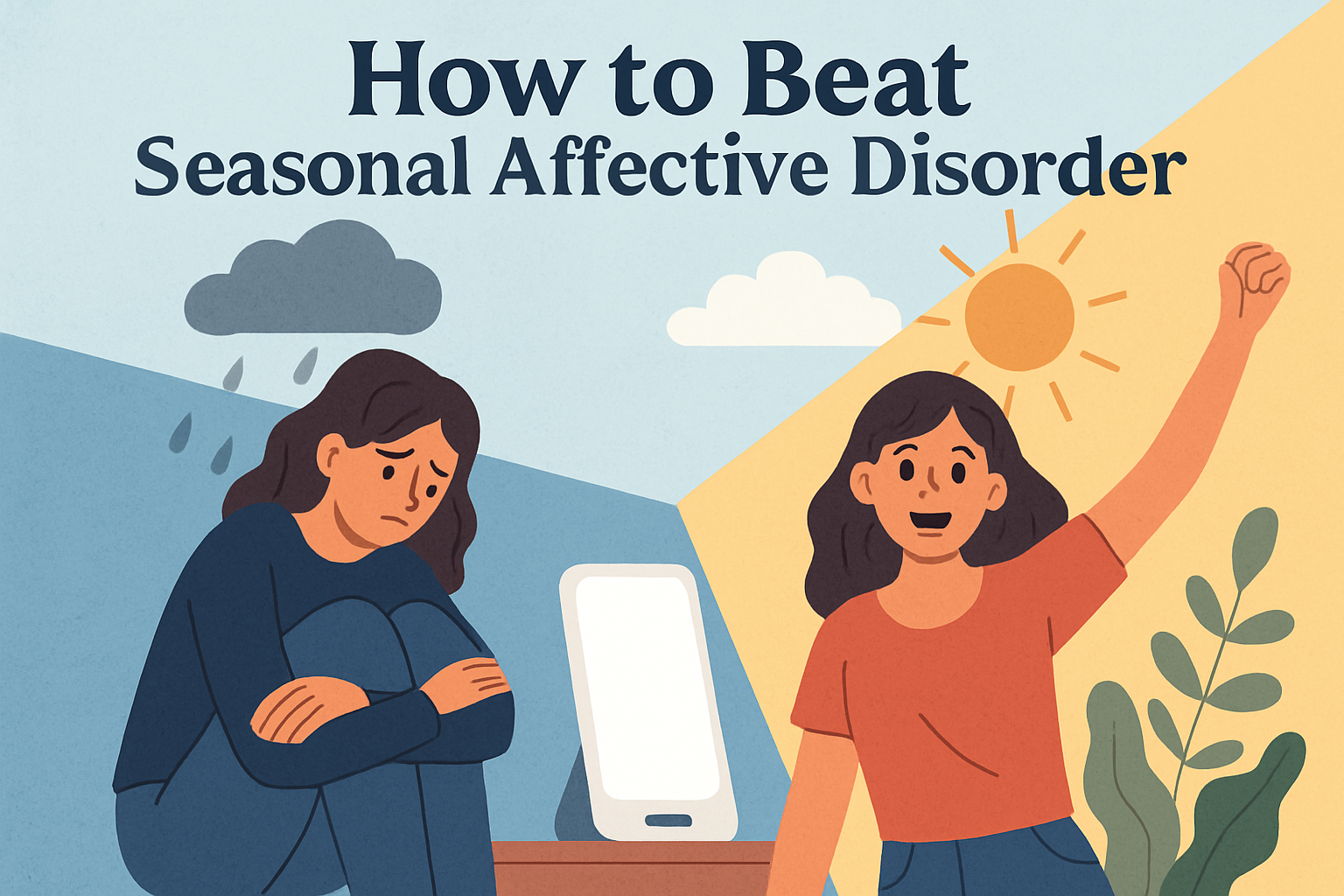


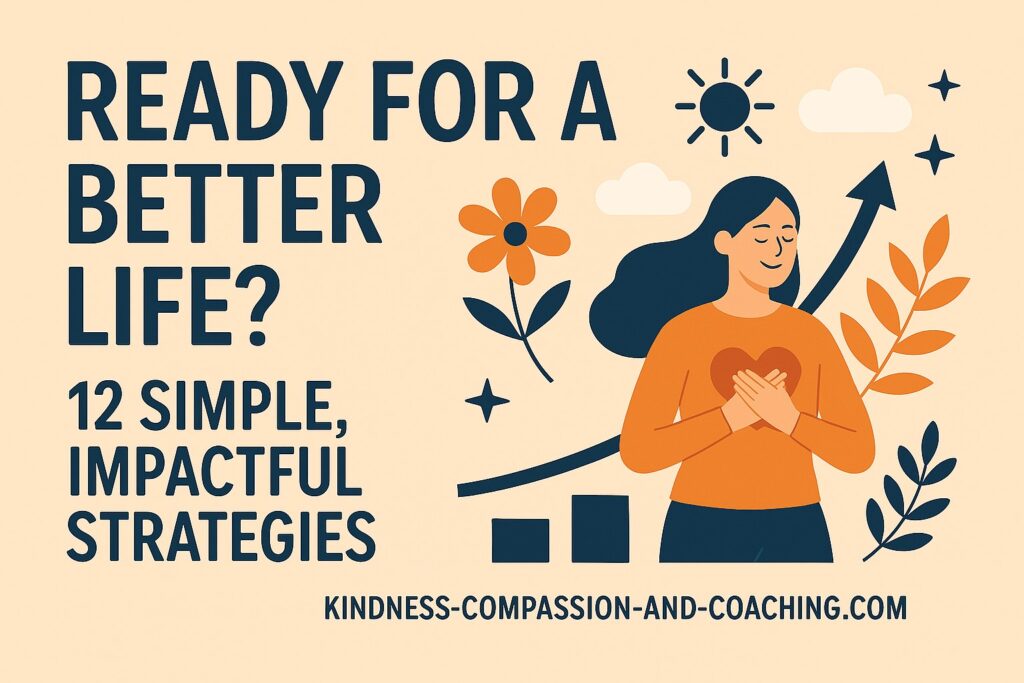

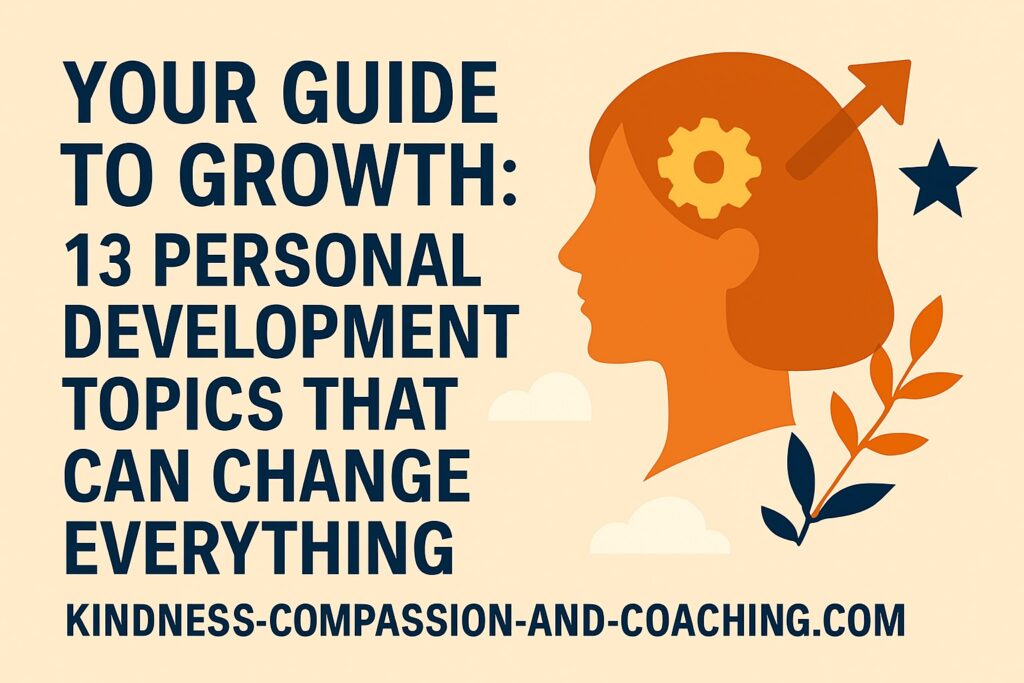
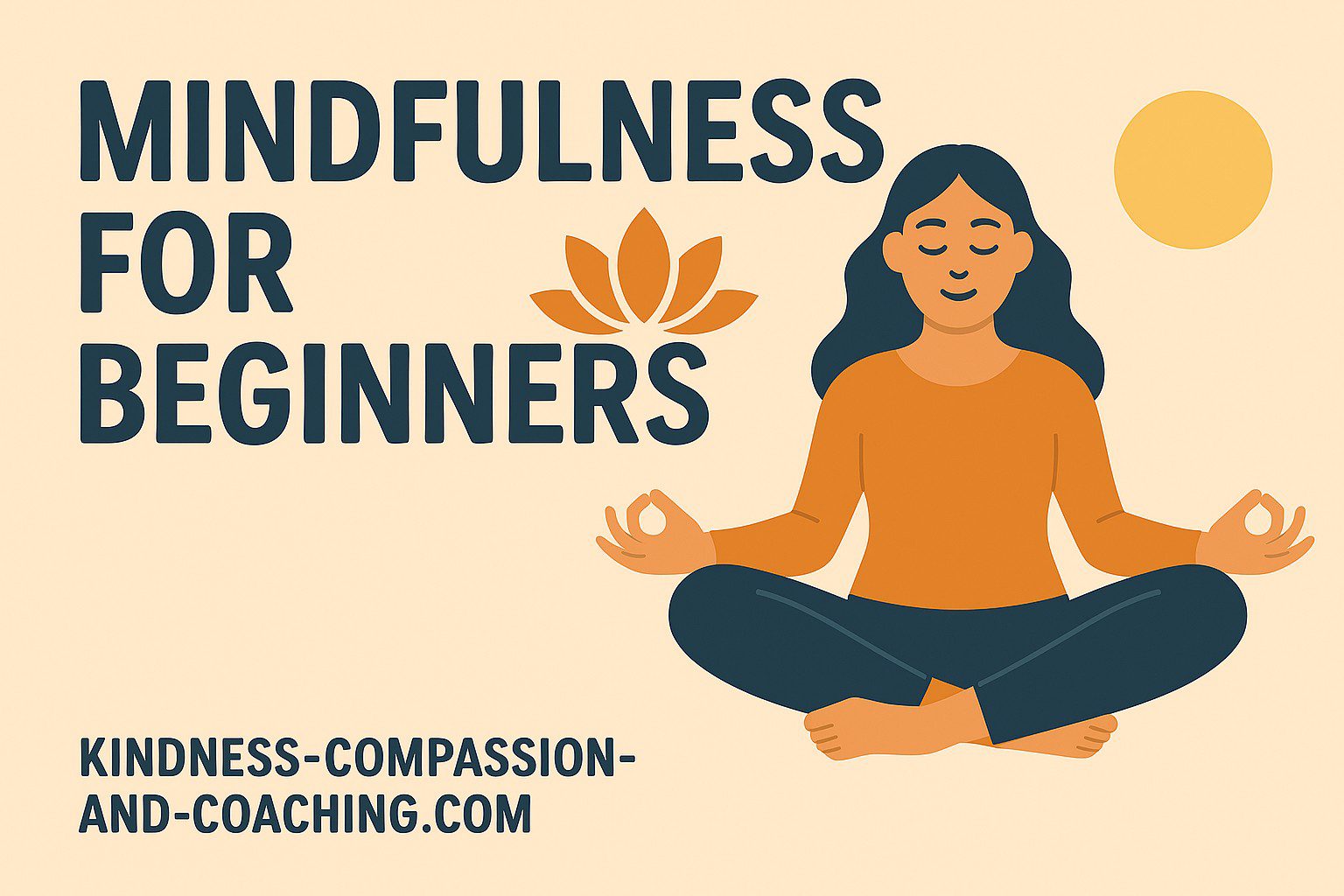
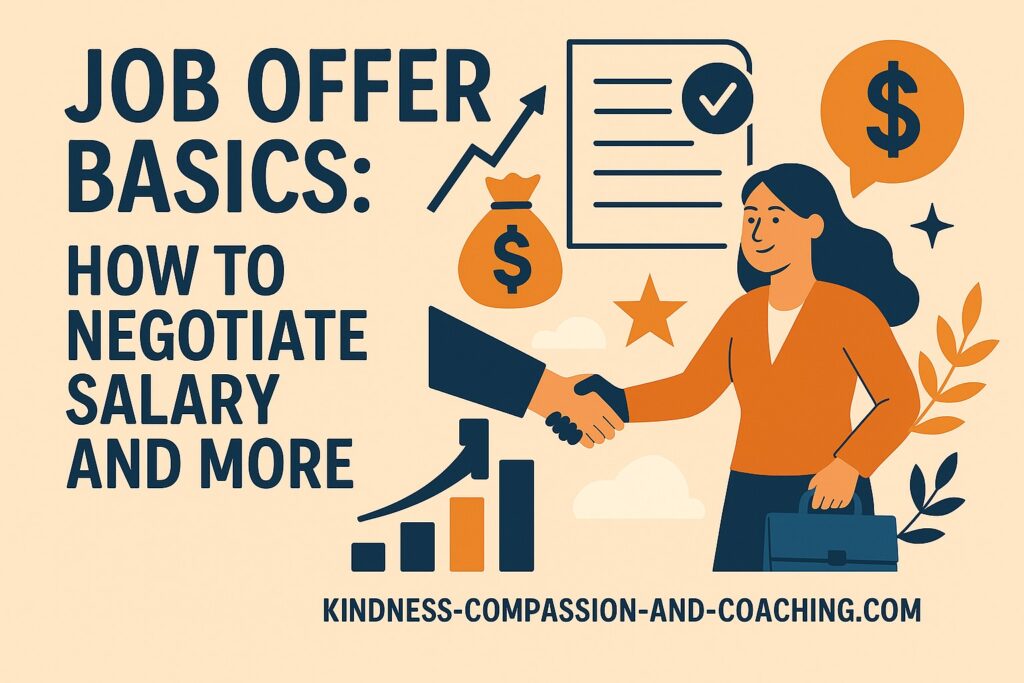
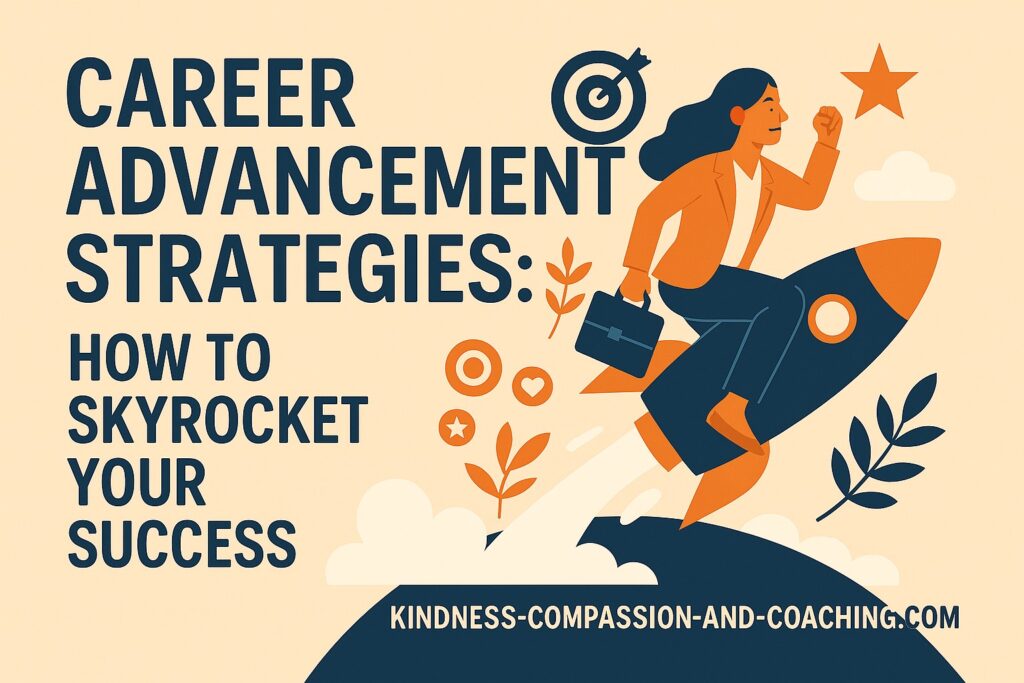

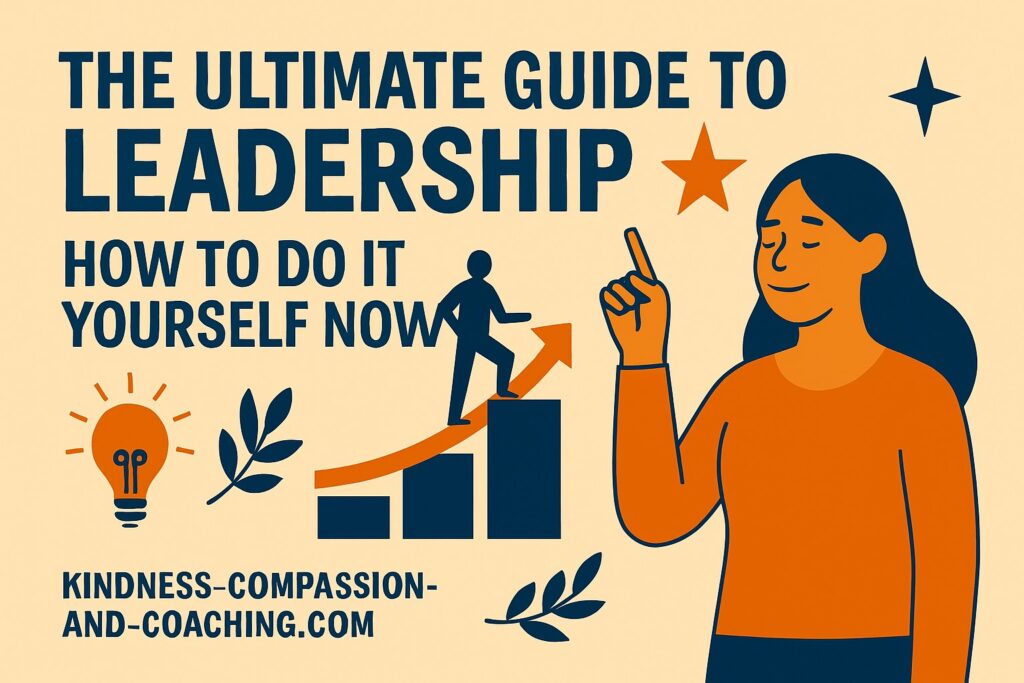
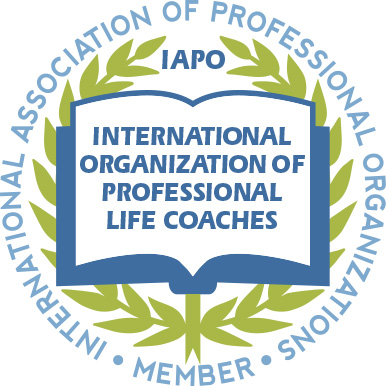
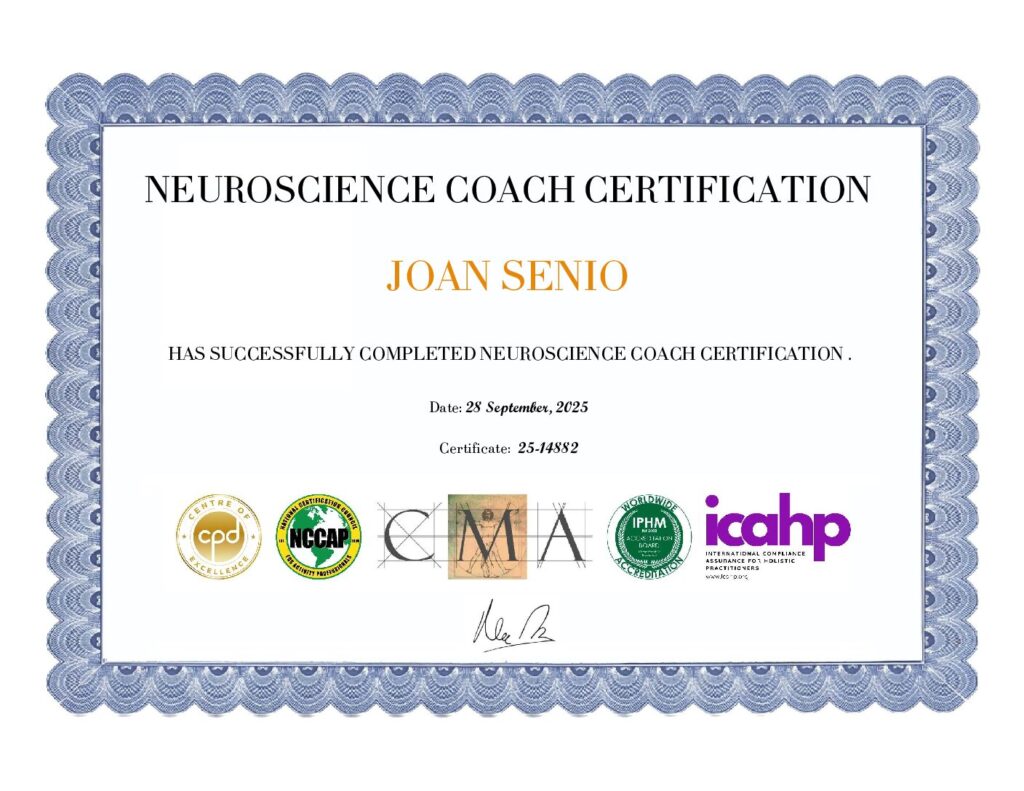

2 Responses
This is timely.
It’s unfortunate that college liberal arts programs are being so downgraded and discontinued in many US universities and colleges. Critical thinking is one of the fundamental lessons in liberal arts programs. It’s woven into the fabric of a solid education. Imagine if you were stuck in the middle of nowhere without a map. With critical thinking skills, you could assess the situation, derive possible strategies, test your hypotheses, and eventually determine the best direction. Humans aren’t born with this skill. They must learn it. Those who don’t remain vulnerable to misinformation and misdirection from those who would exploit them.
Well said, Daphne. Thank you very much for reading and for sharing your thoughts.